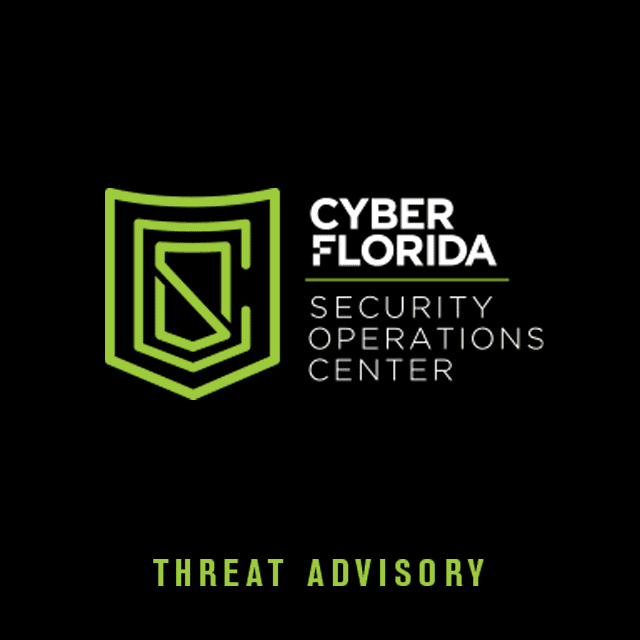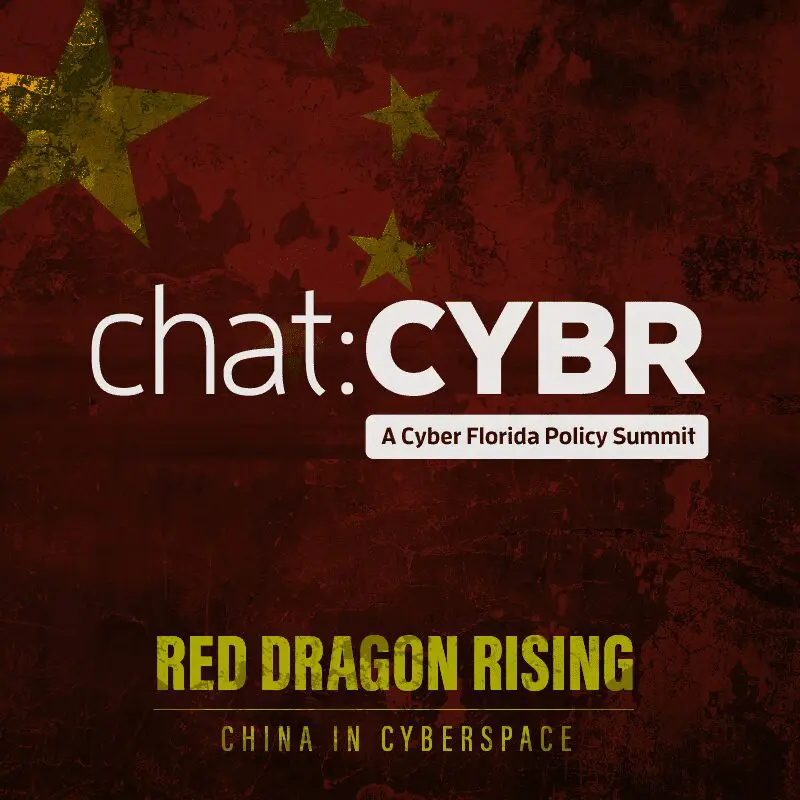Cyber Florida at USF Announces phaseZERO: Innovation Incubator to Boost Cybersecurity Innovation in Florida
December 2, 2024—Tampa, Fla—Cyber Florida at USF is proud to announce the launch of phaseZERO: Innovation Incubator, an innovative seed fund initiative designed to support Florida-based researchers and emerging entrepreneurs in transforming cutting-edge cybersecurity ideas into thriving businesses. With a focus on commercializing cybersecurity innovations, strengthening critical infrastructure, and creating new opportunities, phaseZERO aims to establish Florida as a national leader in cybersecurity entrepreneurship.
Modeled after the Small Business Administration’s SBIR/STTR Phase I programs, phaseZERO addresses critical gaps in seed funding and provides expert mentorship, complementing existing statewide efforts like the Florida High-Tech Corridor, I-Corps, and local incubators and accelerators.
“This program is about removing barriers for innovators,” said Dr. Manish Agrawal, Cyber Florida at USF academic director at Cyber Florida and USF professor. “By providing funding and mentorship without taking equity, we’re enabling Florida’s entrepreneurs to focus on what matters most: building solutions that strengthen our cybersecurity resilience.”
Program Highlights
For this round of funding, phaseZERO will award up to $60,000 each to up to four emerging Florida companies (not to exceed $240,000 total) selected through a rigorous, three-stage evaluation process:
- Stage 1: Applicants submit a completed application and a brief business plan for technical and business evaluation by a Cyber Florida Entrepreneur-in-Residence (EIR).
- Stage 2: Selected applicants pitch their plans to an evaluation panel during a virtual event.
- Stage 3: The evaluation panel selects awardees who receive funding in installments while working with an EIR to establish their business, secure further funding, and prepare for operations.
Funded companies gain access to Cyber Florida’s expansive network of state innovation ecosystem partners, including universities, accelerators, and industry leaders.
Timeline
- Application Launch: December 2, 2024
- Application Deadline: January 3, 2025
- Pitch Event Invitations: January 10, 2025
- Pitch Event: January 24, 2025
Through phaseZERO, Cyber Florida continues its mission to foster research partnerships, attract cybersecurity companies to Florida, and enable the creation of new ventures.
For more information about phaseZERO, application details, and how to get involved, visit cyberflorida.org/phasezero.
ABOUT CYBER FLORIDA AT USF
The Florida Center for Cybersecurity at the University of South Florida, commonly referred to as Cyber Florida at USF, was established by the Florida Legislature in 2014. Its mission is to position Florida as a national leader in cybersecurity through comprehensive education, cutting-edge research, and extensive outreach. Cyber Florida leads various initiatives to inspire and educate both current and future cybersecurity professionals, advance applied research, and enhance cybersecurity awareness and safety of individuals and organizations.
















